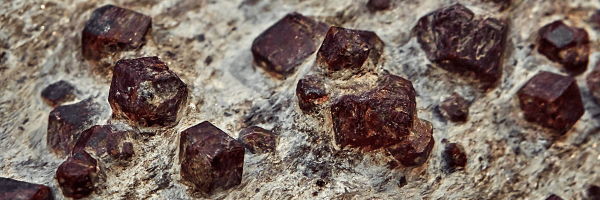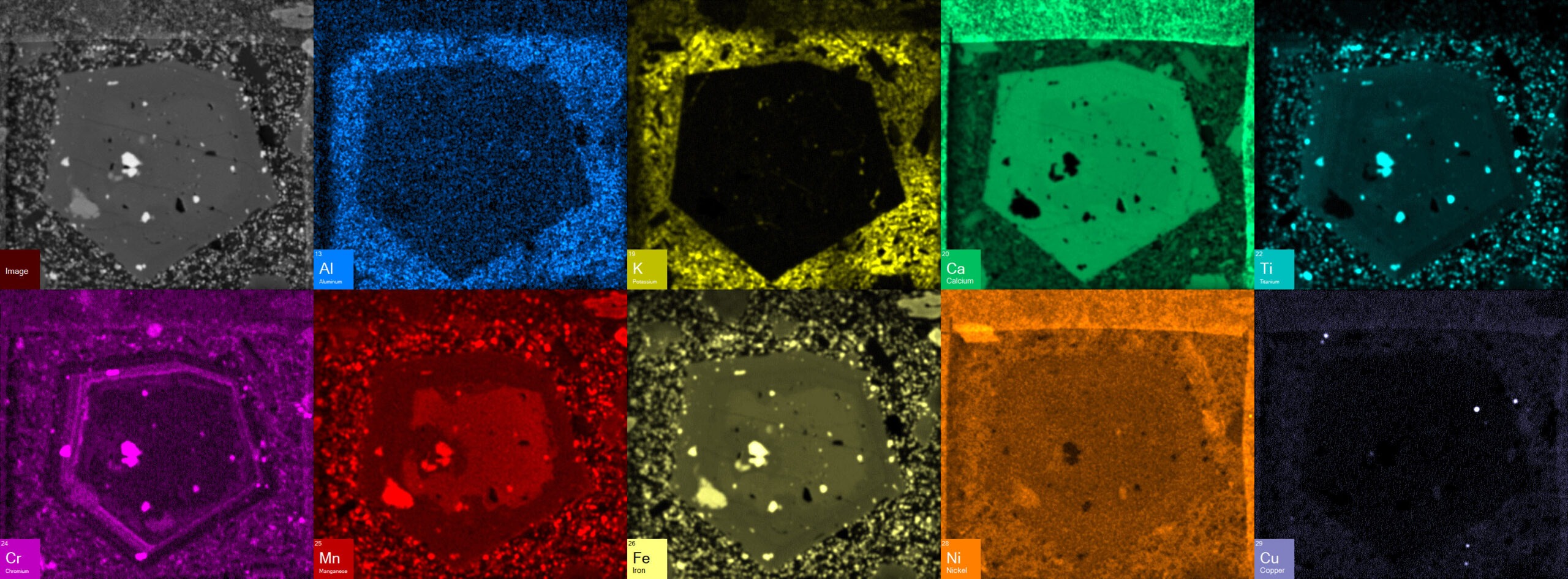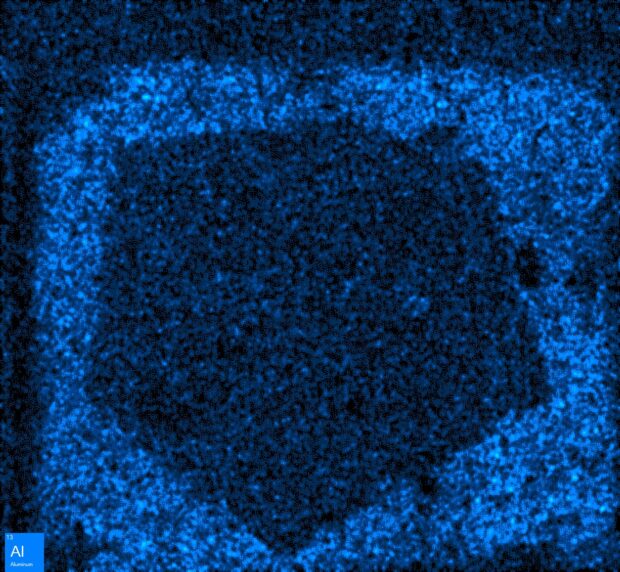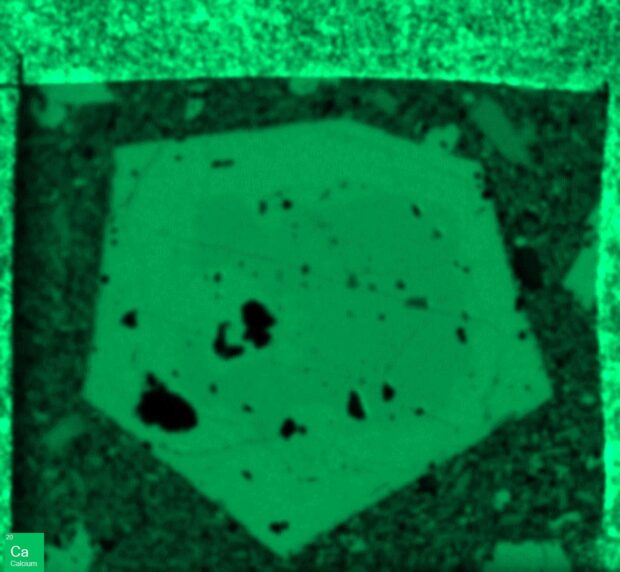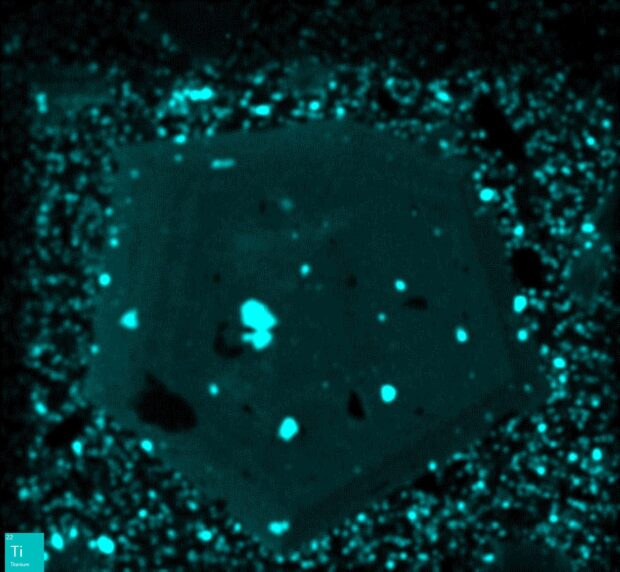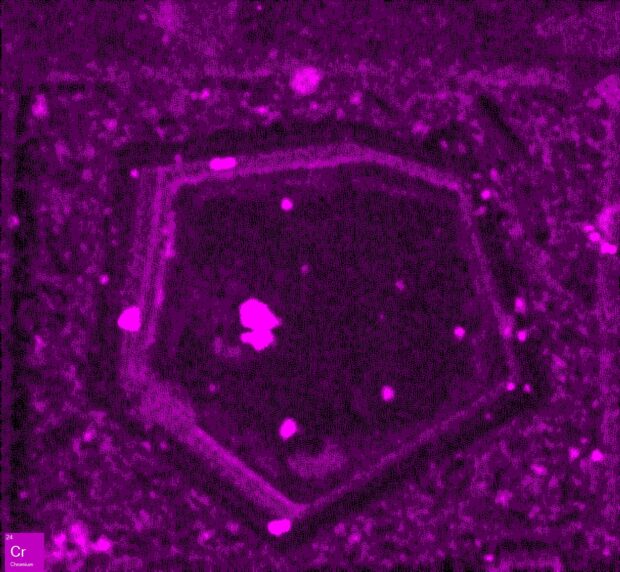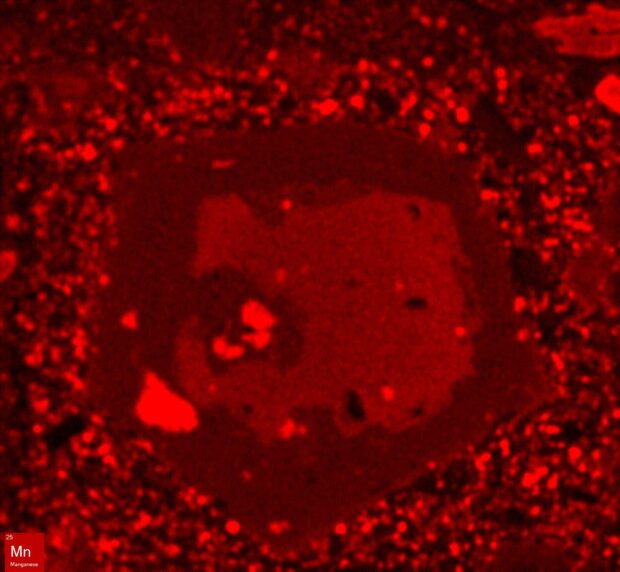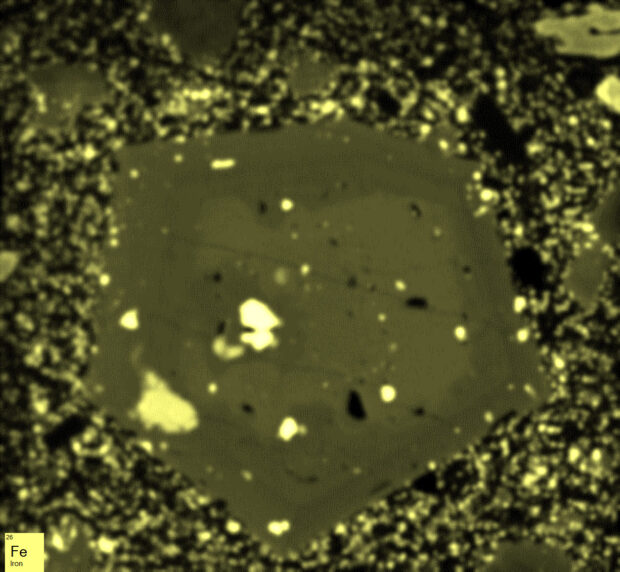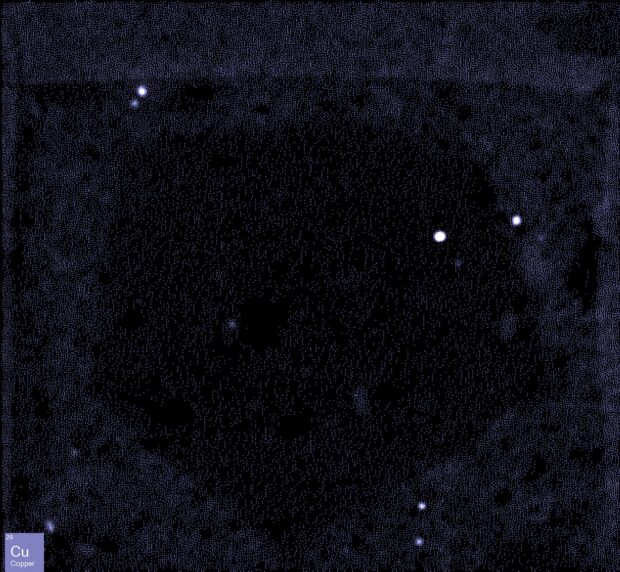Introduction to Garnet Schist
Garnet schist is a type of metamorphic rock characterized by the presence of garnet minerals embedded in a schistose matrix. This rock is typically formed under high pressure and moderate temperature conditions, commonly in regions with a history of geological activity. The garnets in the schist can vary in size and color and are usually surrounded by minerals such as mica, quartz, and feldspar, contributing to the rock’s foliated texture.
Traditional Analytical Instrumentation for Garnet Schist
To investigate the properties and composition of garnet schist, several traditional analytical methods are commonly used:
- Petrographic Microscopy: This technique involves examining thin sections of the rock under a microscope to identify minerals and observe their textures.
- X-ray Diffraction (XRD): Used to determine the crystalline structure of minerals, helping to identify various types of garnet and other minerals present in the schist.
- Electron Microprobe Analysis (EMPA): This method uses an electron beam to provoke the emission of characteristic X-rays from the elements in the sample, allowing for detailed chemical analysis.
- Bulk Chemical Analysis: Techniques like inductively coupled plasma (ICP) measure the overall chemical composition of rock samples.
Advantages of MicroXRF Spectroscopy
Compared to these traditional methods, high spatial resolution micro X-ray fluorescence (microXRF) spectroscopy, like the Atlas M or Atlas X from IXRF Systems, offers several advantages:
- Non-destructive Analysis: MicroXRF does not require the physical alteration of the sample, unlike methods that involve sectioning or chemical treatments.
- Elemental Mapping: This technique can produce detailed maps showing the distribution of elements at a microscale, providing insights that are not possible with bulk chemical analysis.
- High Spatial Resolution: MicroXRF provides high-resolution elemental data, which is crucial for studying fine-scale mineral features and zoning within garnet crystals.
- Efficiency: MicroXRF allows for the rapid analysis of a wide range of elements with minimal sample preparation, unlike other techniques that may require more extensive setup and processing time.
Figure 1: Elemental maps of garnet schist analyzed by the Atlas X microXRF using a spot size of 5 microns. The sample contained the following elements: Al, K, Ca, Ti, Cr, Mn, Fe, Ni, and Cu.
Applications in Geological Studies
Using microXRF to analyze garnet schist can enhance our understanding of the rock’s formation conditions. For example, by examining the elemental zoning within garnet crystals, geologists can infer changes in temperature and pressure during metamorphism. This information is valuable for reconstructing metamorphic histories and understanding geological processes such as mountain building and crustal evolution.
Figure 2: Select element maps of the same garnet schist sample displayed above in the following order of elements: Al, Ca, Ti, Cr, Mn, Fe, and Cu.
Figure 4: Select element overlay maps of the same Murchinson meteorite sample displayed above in the following order of elements: S & Ti; Ni &Cr; Fe & Ca; Si, Mg, & Al.
Conclusion
Garnet schist offers a unique glimpse into the geological past, and high spatial resolution microXRF spectroscopy is an effective tool for exploring this complex rock. MicroXRF enhances our ability to study garnet schist’s mineralogical and chemical properties and improves our understanding of metamorphic processes by providing detailed, non-destructive analyses.
Discover MicroXRF with IXRF Systems
Are you interested in exploring the capabilities of lab-based microXRF for your geological studies? Contact IXRF Systems today to learn how our advanced technology can enhance your research and provide detailed insights into complex materials like garnet schist. Our team is ready to provide expert advice and support tailored to your analytical needs. Reach out to IXRF Systems and start unlocking the full potential of microXRF in your research endeavors.
IXRF Systems is a leading provider of X-ray fluorescence instrumentation. With our advanced analytical solutions, we are committed to supporting research, quality control, and educational endeavors across various industries.
